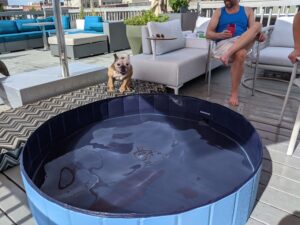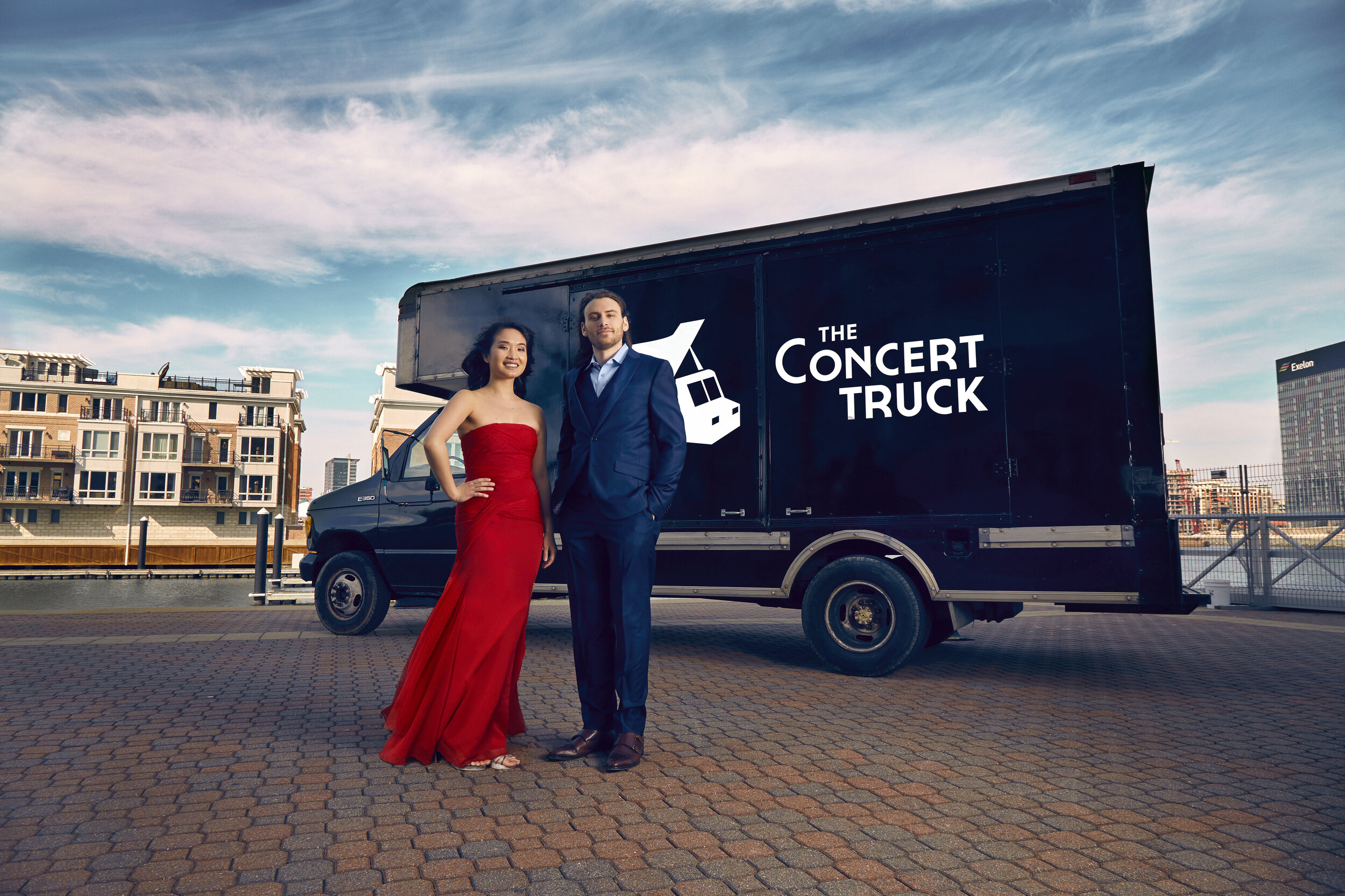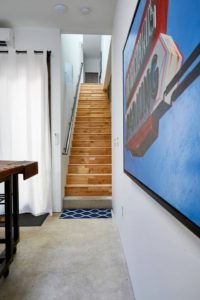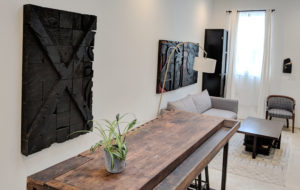Social Media Strategy for Creatives: 3 Steps Toward Success
Social media strategies for creatives can be overwhelming, but don’t need to be. Major social media brands have been built on the impression that everything—and anything—of importance can be found on their platforms. This is overwhelming and not entirely true. Nevertheless, markets, buyers, and potential customers (of any industry) still look to social media to assess quality and value.
As an artist, your “brand” is very personal. Is it possible to build an authentic social media presence and meet your business goals?
Here are three foundations steps toward building a successful social media strategies for creatives.
Your Social Media Mindset
Before we get to those steps, let’s begin with a simple mindset check.
Do you agree with any or all of the following statements?
- “Social media is how I will get discovered.”
- “Social media is the most important validation.”
- “My social media following determines my value.”
Not only are these not the whole truth, but they can be debilitating. These ideas can paralyze entrepreneurs (especially creatives) with self-doubt.
Instead remember:
- “Social media is one tool I use to build my audience.”
- “Social media gives people who already love my work one more way to engage with it.”
- “My audience and I determine the value of my work together.”
Don’t confuse being a successful creative business owner with being a social media influencer. Being an influencer is not a bad thing, but it’s a different business model. A sale is a sale, and a following is a following. Is your goal to sell art or sell influence? The models may overlap at points, but ultimately the value of an artistic legacy is unlikely to be measured by likes.
The right mindset makes social media a tool to use, instead a tool that uses you. It will be easier to build campaigns that drive purposeful success and audience growth.
Now, let’s explore important steps for successful social media campaigns.
Step 1: Understand Your Audience
Social media is vast, but an artist’s biggest impact is typically among niche or local audiences. (This is not a bad thing).
Identifying niche audiences helps entrepreneurs to think strategically (and realistically) about how social media can be used to achieve business goals. The better you know your audience, the better you can create meaningful connections and tailor your content to them.
Choose one existing audience and unpack their identifiers. If you haven’t defined an audience or thought about a marketing plan before, you must (for growth in any domain).
Start simply with everyone who owns one of your works. How did they find out about you? If it wasn’t on social media, was there a specific point when they used social media to interact or learn more? In traditional marketing speak, this is called a “touch point” on the “customer journey.” If an artist can identify details about how and why existing collectors used social media to learn more before purchasing a piece, they can use insights about those “touch points” to encourage collectors on their journey toward a purchase.
From here, work more broadly to group existing collectors and prospective clients into larger audience segments based on shared interests or demographics. What do they engage in on social media? What are they looking for?
Ask questions, using polls or surveys on social media, to collect information to start with. The simplest things provide helpful feedback even if the response is low.
Identifying how an audience is focused on a particular aspect of an artist’s work doesn’t mean they don’t see the work’s true or “whole” value. No one will see your work the way you see it. Be prepared to cultivate a social media expression that may take time. Accept the challenge to see your work from different perspectives. This can be constructive, not destructive.
Step 2: Create Good Content (Messaging and Calls to Action)
With an audience in mind, unpack your brand and value proposition. Start from the broadest statements of value and work, and narrow in on how your target audience(s) might relate most strongly to specific aspects of your work based on their unique identifiers.
Create content by breaking it into two pieces: the message and the call to action.
The message should be the part that comes naturally from you, your story, and the story of your work. The message answers “What do I do?” “How did I do it?” “What do I want to share?” “Why is it important?” “Why should others care?” This is the part where you offer your audience value whether it’s a tip, an accomplishment to share in, or an anecdote to enjoy.
The call to action comes less naturally, but it is an essential part of good content. Calls to action (CTA) are not desperate pleas for attention when you’re engaging with the audience who already values your work. This should be a nudge to show audiences how they can support an artist they follow.
Define your desired outcomes of the content.
Create measurable goals. If the goal is to sell work, does work sell because of post likes? Or because of face time spent with prospective collectors? Encourage the forms of engagement proven to help achieve the desired outcome.
Ultimately, the message provides value to the audience, the call to action guides how they reciprocate that value to the creator.
Step 3: Plan, Post, and Repeat
A great campaign is made up of good posts, but how are they put together? Social media algorithms are complex, even mysterious. But throughout the algorithm’s evolution, all successful content has shared one thing: consistency.
A consistent social media plan will be built on structures that already exist for the business. If there is a schedule for your studio that includes events, deadlines, or even personal events, that schedule should dictate content. Work backwards from events to create stories focused on the journey to the event. Connecting the content to the actual work makes it easier to create calls to action with concrete impacts.
Determine a post frequency objective that’s based on the amount of time you can invest in creating content. Don’t anticipate every day will open up for a spark of inspiration. If it takes 30 minutes to create a valuable post, and scheduling a 2-hour content creation session per month is all that’s reasonable, then your objective should be one weekly post. If it’s possible to schedule a 2-hour content creation session weekly, consider making your objective 4 weekly posts.
Frequency is unique to each individual’s resources, but consistency can be achieved at all levels. If social media is a persistent challenge, consider investing in a content calendar or scheduling tool. The best tool for organization will be the one you use. However it gets done, setting aside time to plan out and create valuable content ahead of time will be the best way to create a consistent social media presence.
Once planned content is in place, check back and use comments and messages to organically deepen engagement with your audience.
Collaborate and Grow
Art has been around for longer than social media and modern markets. Social media is now an essential for building a successful creative business in the modern world. Artists must keep adapting. Creative businesses have a unique opportunity to use these tools in ways to grow the influence and impact of art.
Like studio schedules, social media strategy for creatives will be unique to each artist. But all good content creation is built on simple concepts: target audience, messaging, calls to action, and planning for consistency. Master these basics and start connecting.
If you’re struggling to discern your expression, look to peers whose content you enjoy. See what’s working for them and ask how it may or may not work for you. Our co-working sessions are an opportunity to connect with creative professionals with different approaches and goals across a full spectrum of experience. Our fellow creatives help us grow and adapt to industries like social media which change quickly and often.




